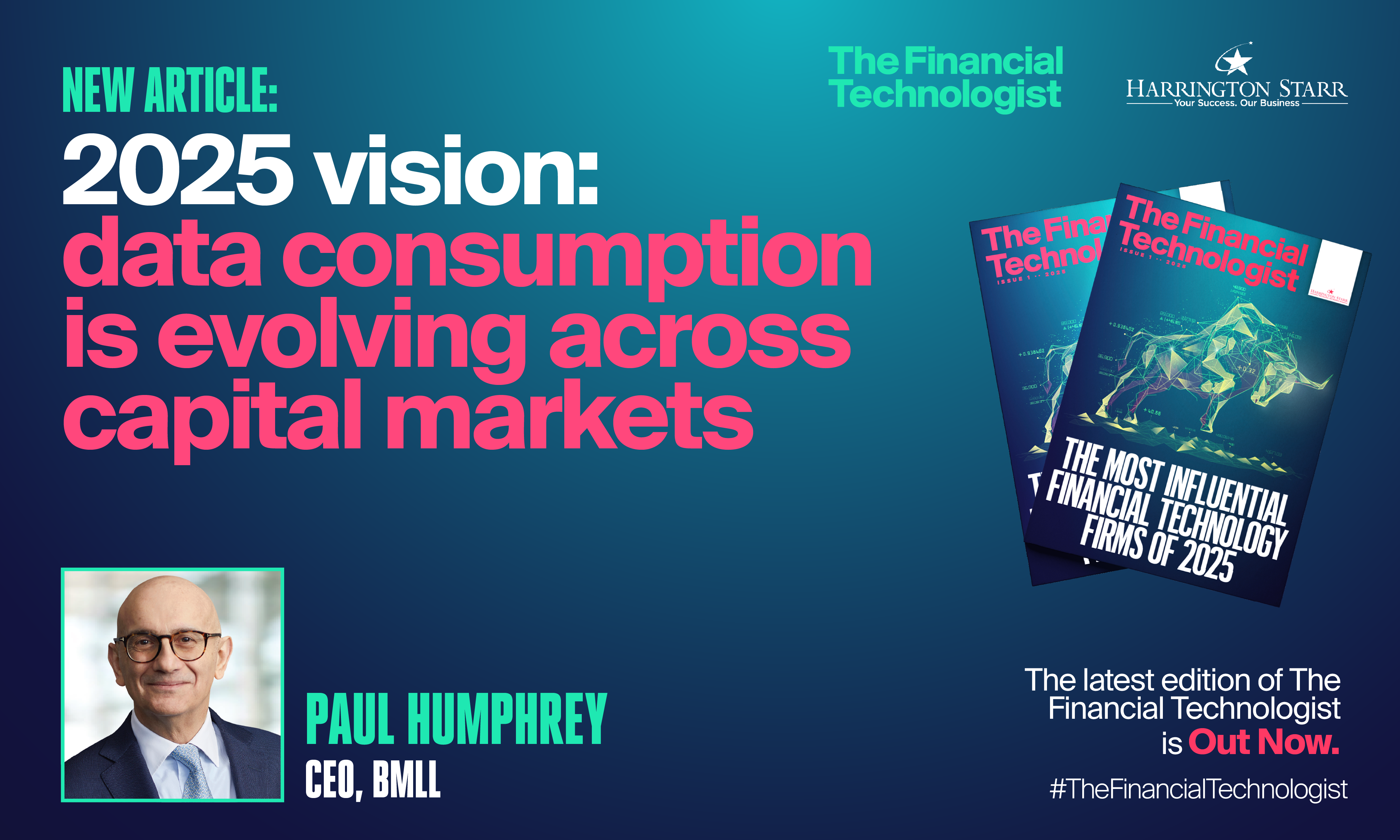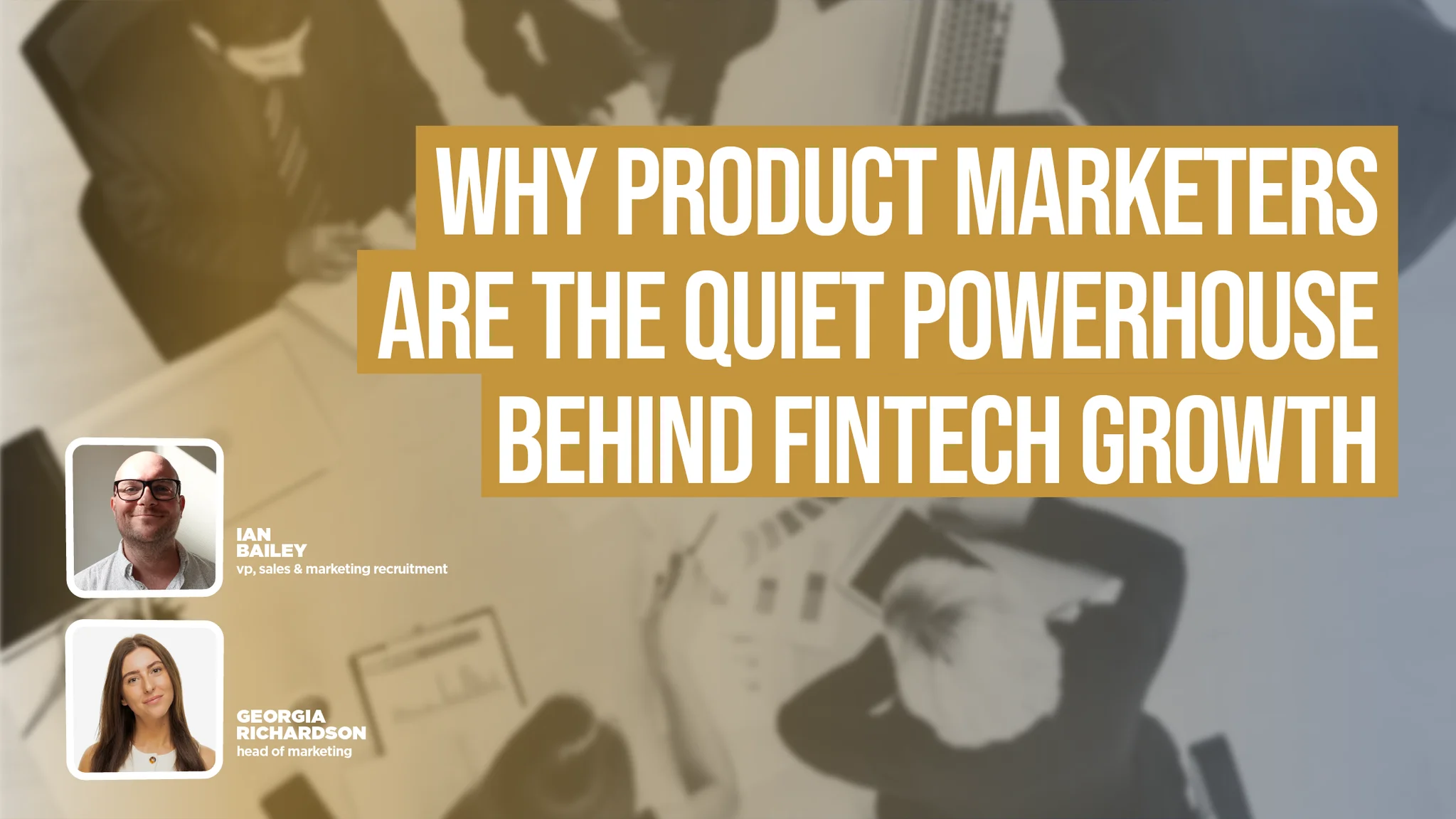Download your free copy of the latest Financial Technologist magazine here.
In 2025, the capital markets landscape is poised for a technological revolution. The convergence of artificial intelligence, data analytics, and emerging technologies transforms how financial institutions operate, interpret market behaviour, make trading decisions and manage risk. At BMLL, we have identified five key trends shaping the future of our markets, centred on the insatiable demand for granular data and analytics that drive trading decisions.
1. Data quality is non-negotiable. Investment in accessing and consuming this data will rise
The sophistication of market participants is increasing across the board, and as a result, data quality is non-negotiable in understanding liquidity dynamics and market microstructure.
Traditionally, only quant trading firms were at the forefront of the data race, but this is changing. Non-quant firms are now leveraging granular data insights to understand liquidity dynamics, monitor risk and performance, accelerate research and backtest trading strategies. This shift highlights the growing need for best-in-class data quality, which has become a critical enabler of alpha-generating trading strategies.
2. We will see a separation of real-time and historical data disciplines
Financial institutions increasingly recognise the need to separate real-time and historical data disciplines, investing in dedicated teams and allocating more resources to building workflows and applications on top of a strong historical market data foundation.
This is because the historical data from the incumbent real-time providers is no longer fit for purpose. By default, their historical data is merely a byproduct, the exhaust of their real-time feeds and, therefore, of inferior quality. This limits firms’ ability to carry out granular execution analysis.
As a result, market participants are re-evaluating their historical data vendor relationships; they are turning to specialised providers who offer clean, high-quality historical data to drive insights and trading strategies.
3. Data engineering will increasingly be outsourced to dedicated providers to reduce costs and improve team efficiencies
The cost of curating, owning, cleaning and managing vast data sets is a growing challenge, not only in terms of having the necessary in-house expertise but also due to budgetary constraints.
What’s more, quants need data that is engineered and ready to use. And while the emerging generation of traders has a variety of skills - quant, mathematician, data scientist, engineer - consigning them to spend 80% of their day cleaning and organising poor-quality historical data is an insane waste of time and money.
Consequently, we are witnessing a shift toward outsourcing data engineering to dedicated providers as firms increasingly realise that maintaining a competitive edge doesn’t rely on owning raw data but on what they can do with it. Firms are choosing to rely on trusted vendors to cleanse, structure, and deliver harmonised data in a usable format. This reduces the time and cost associated with managing data internally and empowers firms to focus on their core competencies - generating insights to achieve better trading outcomes.
Optiver is a case in point, using BMLL’s historical Level 3, Level 2 and 1 data to power its algo development, execution analysis, surveillance, market validation and market structure insights.
4. Cost pressures will drive cloud-based data delivery
Cloud-based data delivery will continue to accelerate, driven by the need to optimise costs and enhance data analytics capabilities, but without the burden of heavy infrastructure investments.
This has never been truer than in the case of OPRA data. OPRA’s expansion of its data dissemination from 48 to 96 lines in February 2024 has placed a significant burden on market participants, both in terms of managing market data budgets and, also the necessary data infrastructure to handle 4TB of data per day. As a result, firms are looking for cloud-based OPRA data services that are easy to access within their workflows.
Managed data delivery leveraging cloud infrastructure allows firms to access high-quality, multi-asset, real-time, and historical data seamlessly within their existing environments.
5. ‘Buy-to-Build’ strategies are on the rise
Instead of investing time and resources in complex and costly data engineering processes, firms are opting to acquire high-quality data from trusted vendors and are building their proprietary models and analytics on top of that.
This approach allows market participants to move straight into production, reducing time to insight and time to market. It eliminates the inefficiency of quants spending 80% of their time on data cleansing before they can begin their actual work - extracting actionable trading signals.
Optiver firmly cements the buy-to-build trend, having deployed BMLL’s data into their existing, production-ready environment and built their strategies on top of that. Optiver traders, quantitative researchers, and developers rely on historical data to shape our pricing strategies, making data science and research a key part of their mission to improve markets. The high quality of BMLL’s data, our advanced analytics tools, and their best-in-class team have significantly improved Optiver’s ability to generate insights that influence their strategies.
Looking ahead: AI will bring data quality into sharp relief
We couldn’t talk about predictions or trends without mentioning AI, as it is increasingly becoming entrenched in the trading lifecycle. Undoubtedly, AI is rapidly shifting from simple exploration to a necessity in capital markets, and AI-driven models may well come to dominate algo trading.
And while the principle of 'rubbish in equals rubbish out' is well understood, achieving the highest standards in data quality to feed AI models remains a challenge. However, we’ve spent the last 10 years perfecting the art!
We are approached by many companies building unique AI tooling for global markets. They need curated, engineered and ready-to-use, time-series data at full Level 3 depth because it contains every trading intention for 10 years. And we’re very excited to fuel these AI applications.
By Paul Humphrey, CEO at BMLL
Download your free copy of the latest Financial Technologist magazine here.







